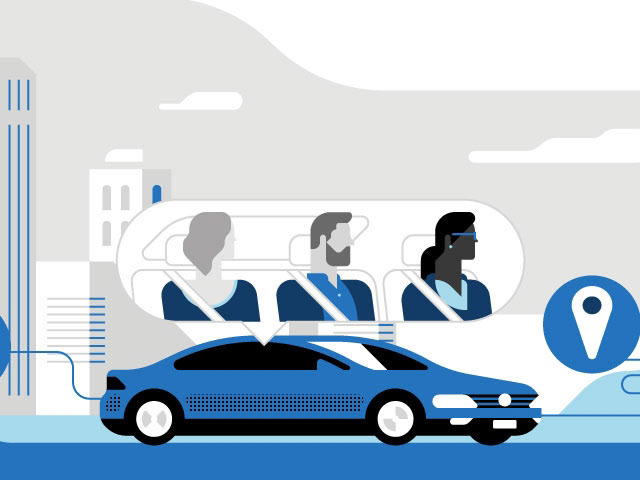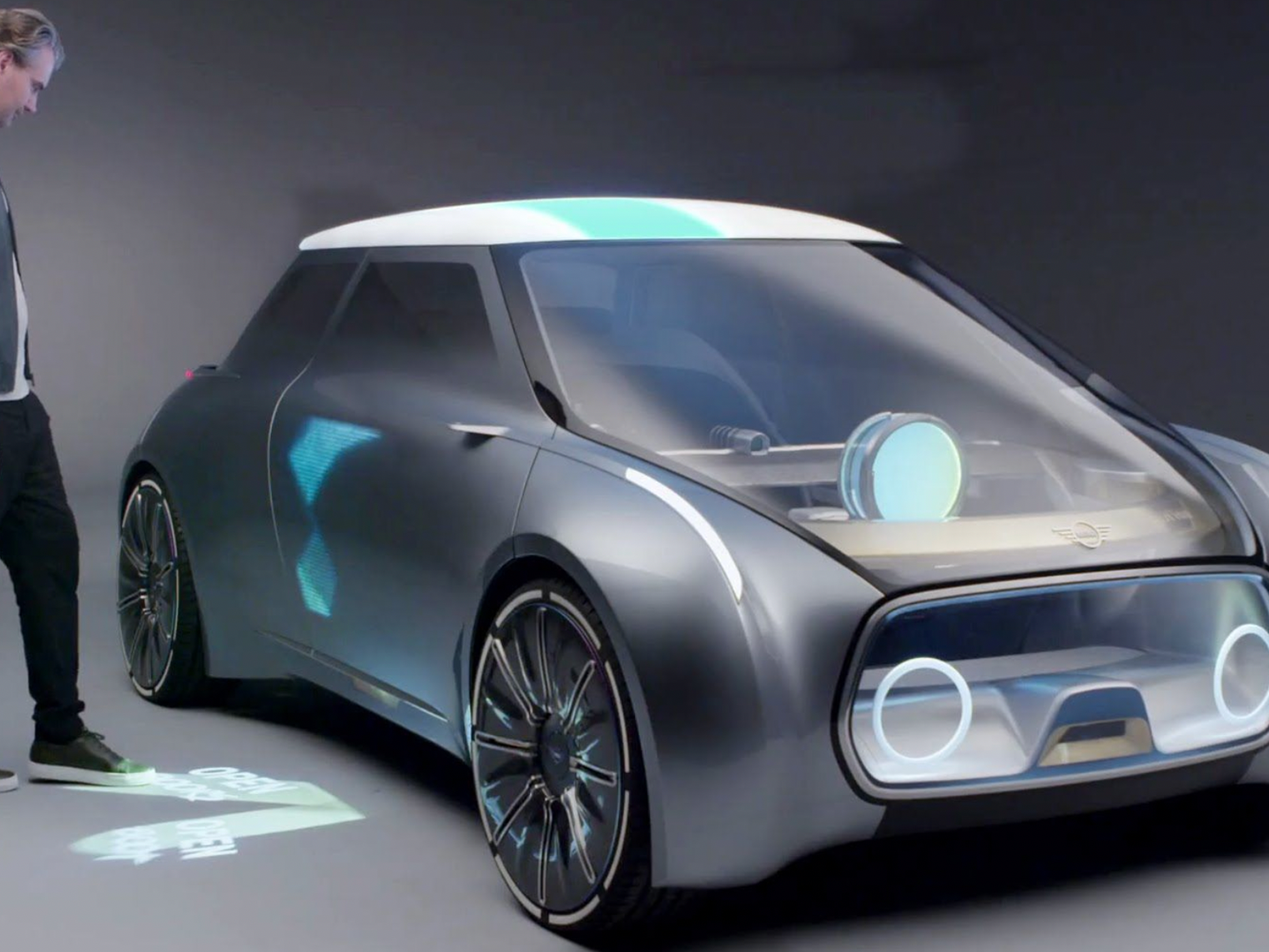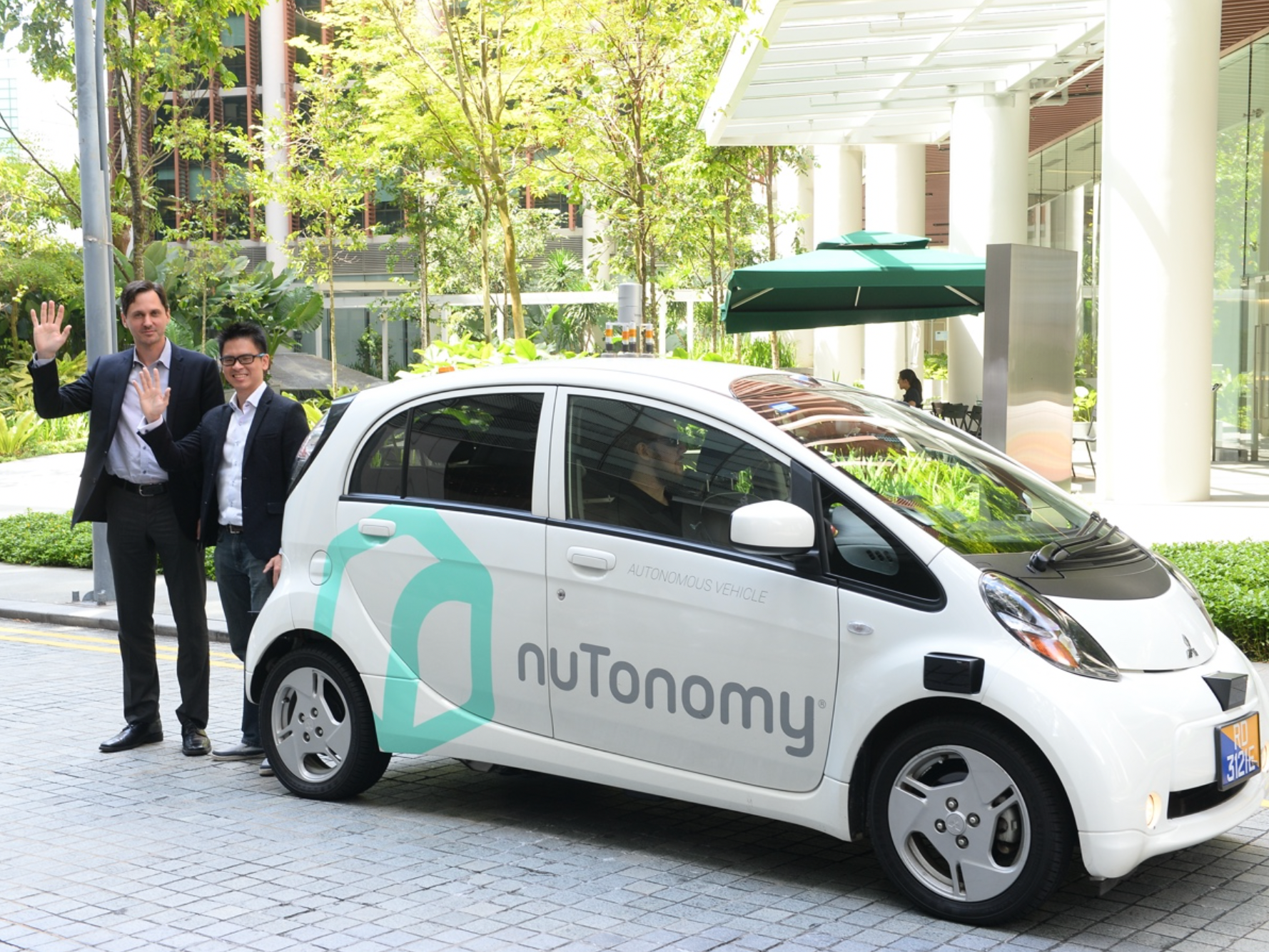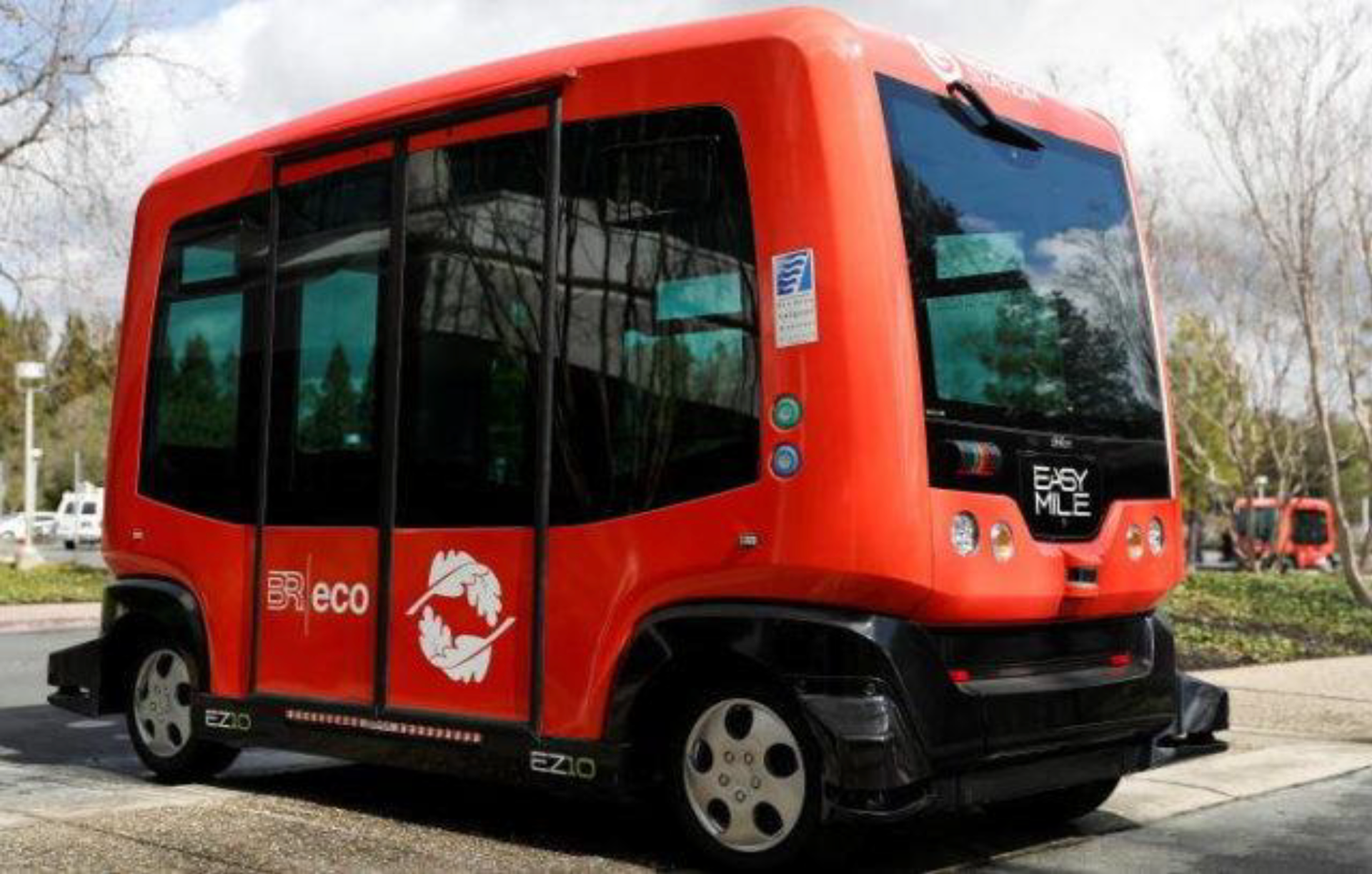

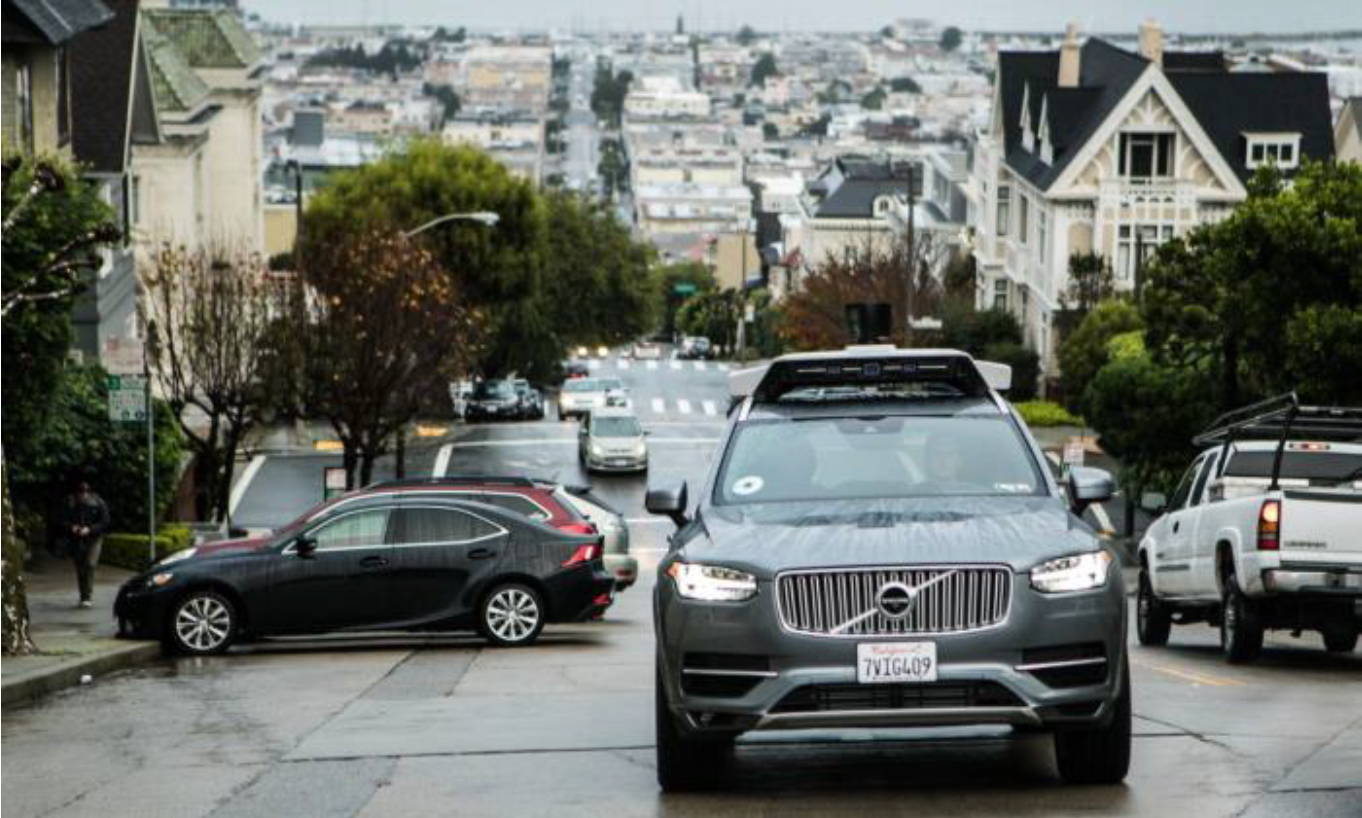
I chose this topic for the very reason that travel is one of the primary reasons for the progress of humanity; the need to travel from one place to the other, that’s how cities became what they are. I am intrigued by where public transportation is headed and how the changes in technology, design and governance is impacting or going to impact public travel going forward. “Robo-taxis” or autonomous taxis and busses are being discussed and debated about the way these will be changing- our way of travel, more so public transportation.
Why I chose San Francisco?: According to San Francisco Smart City Association (http://smartcitysf.com/) which includes members such as, the SF Mayor’s office of Civic Innovation, Berkeley-University of California, San Francisco Planning, SF Department of Technology, SF Mayor’s office on Disability, SF Environment, SF Municipal Transportation Agency and the SF County Transportation authority, SF has these numbers pretty well crunched (As per the footer on page 1 of the SFO Smart city fact sheet available on http://smartcitysf.com/) :
• 1st as the birthplace of ride sharing
• 1st In electric vehicles more than any other city
• 1 million daily transit boarding
• 2nd Most electric vehicle charging stations in the US
• Over 12 companies testing autonomous vehicles in California
I had started out with almost being a fan of autonomous taxis to come and am here at this stage taking a few steps back due to the data at hand that though it may seem all exciting to have these robo-taxis serving us SF citizens, there is work to be done. A lot of it. We need a lot of readiness and many agencies are at work trying to get there, addressing important topics that include government regulations, strict liability ownership (according to report by American Association for Justice (AAJ): Driven to Safety 2017), various types of services, ride-sharing, optimization of Public transportation agencies & services that are available today and much more.
Photos of Embarcadero BART station by Aadhya Krishna
Methods
The exercises I chose include auto-ethnography, observation and interviews with daily commuters using public transport to gather information and draw insights for my main topic. For the exercise involving observation of people commuting and its environment I visited an underground public train station on two different dates and times, the location was Embarcadero BART Station on 14th and 17th of October 2017.
The BART station at Embarcadero is at a near-proximity of convenience for commuters in many ways, e.g. Workplaces, residences and social hang outs not too far from the station. Weekday commuter ratio is higher than weekends. Millennials using smart clipper cards for ticketing seems to be dominant users of BART. The general rhythm of the movement on the weekend seemed mid paced as against the fast paced, scurrying to go home scenario on weekdays. Commuters were anxious to get to their destination-with the backup assurance of safety from the signs and audio broadcasts at the station. This helped me understand the behavior and needs of commuters at the place where they get on and off a public transport.
Additionally when I read the reports by SPUR (the San Francisco Bay Area Planning and Urban Research Association) it prompted me to talk to people, to understand the target user base experience and gaps in the SF & Bay Area transportation system. According to the SPUR Report, in 2015 alone the ridership of the Bay area was a staggering 506,129,000 commuters across the Bay Areas with the SF MUNI and BART leading the way at 223,701,000 and 126,603,000 ridership respectively that same year (Seamless Transit, SPUR Report 2015, Pg 9, ref. detailed table at the end of this paper).
The material provided by my instructor on “Asking Descriptive Spradley”, helped me to structure my interviews and highlight the findings, that commuters were genuinely concerned about the transportation service and were eager to share their feedback. High level learning from the interviews include points such as,
• SF & Bay area offers multiple modes of transportation, is quicker to access, has shorter transit time, is safe and at a very reasonable cost.
• People use combination of transport systems, especially the “Big 7” , i.e. Muni, BART, AC Transit, Caltrain, VTA, SamTrans and Golden Gate Transit (*SPUR Report)
• Ridesharing and using public transport is preferred over driving your own car due to the lack of parking space in SF and the expensive parking charges.
• Commuters are looking for higher frequency and lower amount time to travel e.g. MUNI with its average speed of 8.8 mph definitely gives room for improvement (http://smartcitysf.com/)
Though there are extensive choices of transportation that the bay Area offers, it needs further research to find out how the advent of technology in providing autonomous transportation such as robo-taxis will address the genuine concerns of availability, ownership, hygiene, safety, security, costs of travel and seamless transit. The lecture material on “Writing Field Note” and “Ethnographic Case Study/Research Questions” helped me prepare the questions and gather information and make observations notes.
By know I learned that its not enough to just put these robo-taxis into the current infrastructure and ecosystem. A change is required at many levels. Acceptance by people who want to use it is not enough. As per course material share about Participatory Design (Page 147, Tools Techniques Brandt). The age of Robo-Taxis would need strong active collaboration towards the benefit of commuters and not just a venture success.
The exercise of autoethnography helped gather some important caveats from my own experience as a first time traveler to the Bay area. As taught in class during the lecture on “Autoethnography” (ref. Lange Lecture Autoethnography.pdf) it was about my self-conscious explorations in my words- from my first hand experiences. From this perspective I jotted my first visit to San Francisco (SFO) on 14th Aug 2015. Autoethnography helped me journal my first set of experiences with the SF public transport, from the airport shared shuttle service, a ride with our host, the Caltrain, the MUNI, BART and the rental car was a brush with the diversity of public transportation in SF that made my day 1 in the Bay area memorable enough to be added in this paper.
The information and data gathered was put through the churning and filtering that gave much clarity of using research data methodically, I applied lessons learned from “Lange’s Lecture Coding Case Study Tips” and “Coding Excerpts Saldana” as these learnings helped me identify coding methods that I could apply and use my data more effectively towards gaining further traction on my research.
I primarily used “Process Coding” and “Emotional Coding”. The reason I used “Process Coding” is because most of transportation needs has multiple steps and actions towards completing the objective, travelling. I have supported “Process Coding” with “Emotion Coding” to identify accompanying emotions from the point of decision to travel, upto the end-point of reaching the destination in the process of travel that people encounter. The coding exercise helped reveal an important pattern about adoption and acceptance of Robo-taxis and their involvement in people’s travel needs. It will need to prove itself well before everyone starts using it. The society at large is not looking for an overnight solution and will traverse that path of adoptability with caution before mass acceptance. Current transportations options of MUNI, CALTRAIN, BART, TAXIES are working well.
Pic from report by “American Association for Justice (AAJ): Driven to Safety February
Conclusion
Given the levels of Autonomy, it looks like a long haul, many experiments, gathering of minds and material that would be required to make robo-taxis a way of life.
There are 6 levels as shown in the adjoining chart. In this path forward at achieving full autonomy keeping the safety of people in mind, Robo-Taxis have to find their way to integrate seamlessly and along with the plans of the local county laws and that of the nation, around important aspects such as strict liability, as per reports and studies available, the legislations and governing laws to protect people, provide a seamless experience and bring these into full affect for mass utilization are not yet in place.
Full autonomy of robo-taxis at level 5 is achieved only to a certain extent in test modes and as of now its full-scale implementation is not conceivable for the daily commuters especially those who use economical options. There is a lot of work that needs to be done, collaboratively, effectively and in favor of commuters.
In conclusion, I’d like to quote, Rodney Brooks, the founder and chairman of Rethink Robotics and the cofounder of iRobot, “People are overestimating how quickly level-5 autonomy will come and overestimating how widespread level-4 autonomy will become in the near future. They see only the technical possibilities, not the resistance that will come when autonomous agents invade human spaces, be they too rude or overly deferential. Certainly this new way of driving will eventually come. It will creep up on us, finally reducing manual driving to a recreation confined to specialized entertainment zones. The day of the robocar is inevitable, but that day will not come soon.” (ref. https://spectrum.ieee.org/transportation/self-driving/the-big-problem-with-selfdriving-cars-is-people).
Future Steps:
In the near future, the co-existence of autonomous self-driving taxis and the regular public transportations are going to be complementing public transportation needs and the traditional modes are not going to disappear anytime soon- If I could I’d love to find out more about this collaboration of transport modes. Health, Safety & security are very important concerns, this is evident from analysis of data from interviews and observations. People are concerned about Hygiene, Safety and Security. The concept of safety in terms of an unlikely attack or an accident while in a robo-taxi /transportation is unimaginable by people- people have died trusting the robo-mode of existing cars with autonomous features. See inset picture of Joshua Brown who’s a TESLA’S AUTOPILOT FATALITY, a former Navy Seal, he was an avid fan of Tesla. He died in May 2016, when his Tesla Model S crashed into a tractor trailer without applying the brakes
*(Reference Driven to Safety 2017 by American Association for Justice (AAJ)” on page 35, https://www.justice.org/sites/default/files/Driven%20to%20Safety%202017%20Online.pdf)
Another pattern which I noticed and would further research, is the concern about the environment of public transportation, which, as per SFO, Smart City Fact sheet includes what needs to be done to the new areas from reclaimed parking spaces when the concept of ride sharing catches on multifold. SFO, Smart city initiative also says that “Shared, autonomous, connected, electric, transportation will streamline and synchronize traffic, eliminate the need for parking creating room for inviting public spaces and affordable housing,” (see graphic showing better utilization of spaces) and that sounds like a piece I could use to base further research on this topic.
My research and findings bring to the surface that the excitement of new technology and service for public use, needs to cater to a lot more before mass scale acceptance, safety, habit forming, co-existence for a period of time until its full adoption over time.
To that point, UBER had launched its self-driving robo-taxi fleet in SF last 2016, only to shut it down as their robo-taxis jumped signals, (Ref. https://www.theguardian.com/technology/2016/dec/14/uber-self-driving-cars-run-red-lights-san-francisco) , something wasn’t right or much of it had issues, just goes to show, we are not ready yet. I might want to interview some users with robo-taxi experience if possible and also observe people using it for the first time and check back on my notes and research to track its way forward. I would like to contribute and share my research work to further help answer many of the questions raised by those who care, especially the diverse SF community with its fast paced acceleration in creating and using technology for a better way of life.
Personal statement
I really enjoyed this journey with the guidance of my professor Patricia Lange and the excellent course material that prompted me to head into the right direction from the beginning of this project. I’m always excited about research, finding what could make things better and talking to people, I learned how to do that in a more structured manner, I learned to ask correctly, structure my questions and the new-found ability to code and decipher the data into meaningful insights. I thought I could research, but this class really taught me how to do it correctly and the realization as to how unprepared I was before this class. Recruitment kind of got me upset a bit at start because I am not the kind of person to talk first, research methodology that I learned here helped me improve on that personal attribute. There were many surprises, for one getting excited about some new technology and almost writing about it like an advertisement for it wasn’t much research, because that way I’d only want to see and look for the good and benefits from that product or service on face value with no depth. This class taught me to be neutral to personal emotions and to gather and analyze data correctly, so that it speaks out of the patterns and findings that it brings to the table. For me personally. going forward, Ethnography in design is an important part of all projects. Assumptions without data backing has no meaning and would only be a whimsical talk that cannot stand the test of time. I will take this new learning very seriously in all my projects, the course artifacts, notes and lectures are a life long reference treasure. Especially from the way, just the essential parts have been extracted from reference books as course material and put together for easy application, which includes the points of guidance I have received from my professor right through this research project. I thank my Professor Patricia Lange for being patient with me, for the time, her efforts and guidance all along.

